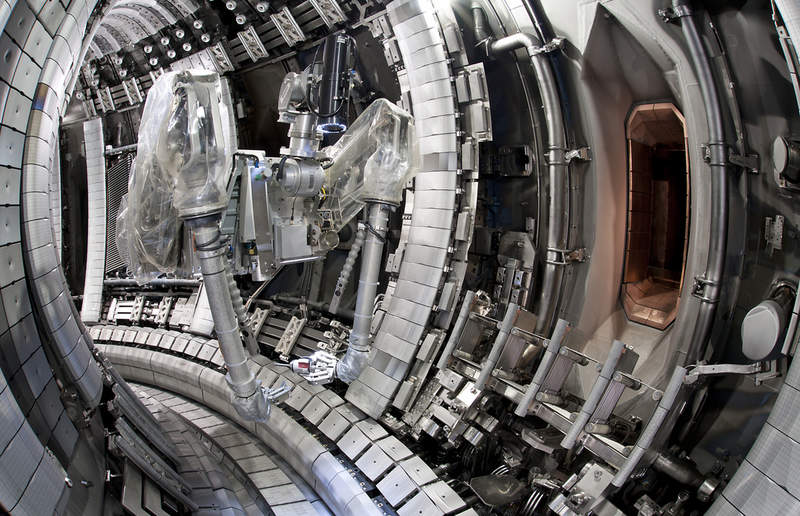
The US Department of Energy has announced $72m in funding for carbon capture technologies and $29m for fusion research projects.
On Wednesday, the department announced money for projects investigating two different areas of carbon capture. In the first funding opportunity, nine new thermal power projects and industrial carbon sources will receive $51m for advancing carbon capture and storage (CCS).
This will involve testing engineering-scale technologies on flue gases from coal-fired and natural gas-fired power plants. ION Clean Energy and Chevron own plants involved in these studies.
A further $21m will be split between 18 projects focusing on capturing CO₂ directly from the air, known as direct air capture. These projects will focus on developing and field-testing new materials for use in direct air capture.
General Electric Research, Susteon, InnoSense and Electricore have each received hundreds of thousands of dollars to develop different methods and sorbent materials for capturing carbon dioxide from the air.
US Secretary of Energy Dan Brouillette said: “The projects selected as a part of this research will help us develop the technological solutions needed to reduce greenhouse gas emissions. This is critical to balancing our nation’s energy use while continuing to lead the world in emissions reductions.”
Assistant Secretary for the Office of Fossil Energy Steven Winberg said: “The primary mission of our office is to ensure that the United States can continue to rely on its fossil fuel resources for clean and secure energy. The advancement of carbon capture technologies, including direct air capture, contributes to that mission. Our ultimate goal is to mature these technologies so that they can be commercialised and brought to market.”
Fusion funds focus on technologies surrounding the main reactor
The department also announced $29m for nuclear fusion technology advancements. Fusion energy generation remains at an experimental stage, with research projects focusing on consistently producing more energy than is needed to start the fusion process.
In a statement, the department said that while this has progressed, “there remains a significant need to focus on the materials and enabling technologies that will be needed to establish fusion energy’s technical and commercial viability once net energy gain is achieved.”
The financial backing will go toward 14 projects making advancements to technologies outside of this “fusion core”. This comes as part of the Galvanizing Advances in Market-aligned fusion for an Overabundance of Watts (GAMOW) scheme.
The funded projects will cover three research areas. The first of these covers the technologies, materials and superconducting-magnet and fuel-cycle subsystems between the fusion plasma and balance of plant systems.
Oak Ridge National Laboratory received $8.65m for three projects, one of which will increase the heat tolerance of materials in subsystems around the fusion reactor.
Significant funding for US fusion research
The projects will also look at cost-effective, high efficiency, high-duty-cycle electrical driver technologies, as well as those with more general applications, such as new fusion materials, manufacturing processes or scaling-up technologies. The University of Houston has received $1.5m to continue its research into rare-earth metallic tapes. These could allow magnets in fusion devices to become more powerful and cheaper to manufacture, lowering their cost by 30 times.
The Advanced Research Project Agency sponsors the GAMOW scheme. Director Lane Genatowski said: “Fusion energy is a potentially game-changing clean energy source, but it has faced scientific and technical challenges for decades. GAMOW teams will work to further develop enabling fusion materials and subsystem technologies, with a focus on the timely future commercialization and deployment of fusion energy generation.”
International governments have collaborated on the ITER project in France, but some companies have started work on smaller reactors. In August, oil company Chevron invested in Zap Energy, which focuses on scalable fusion technology.



